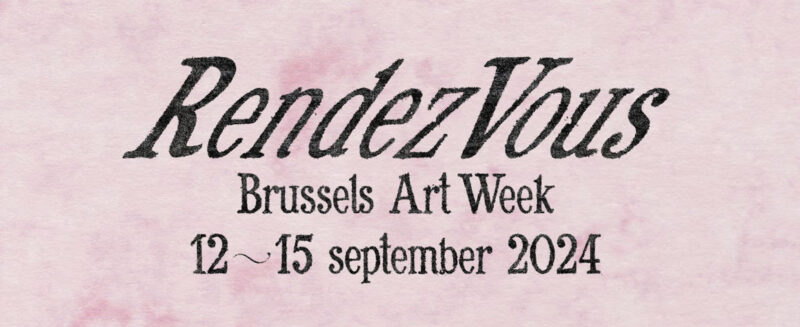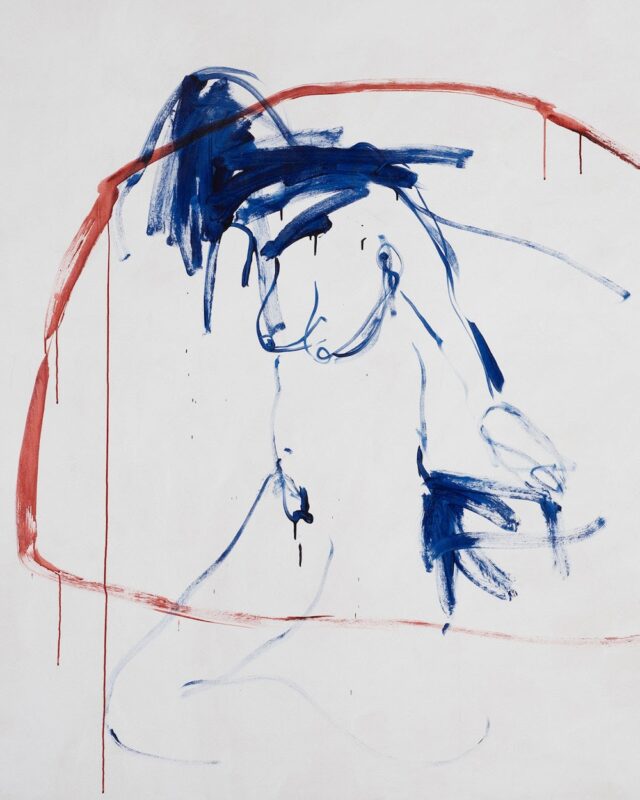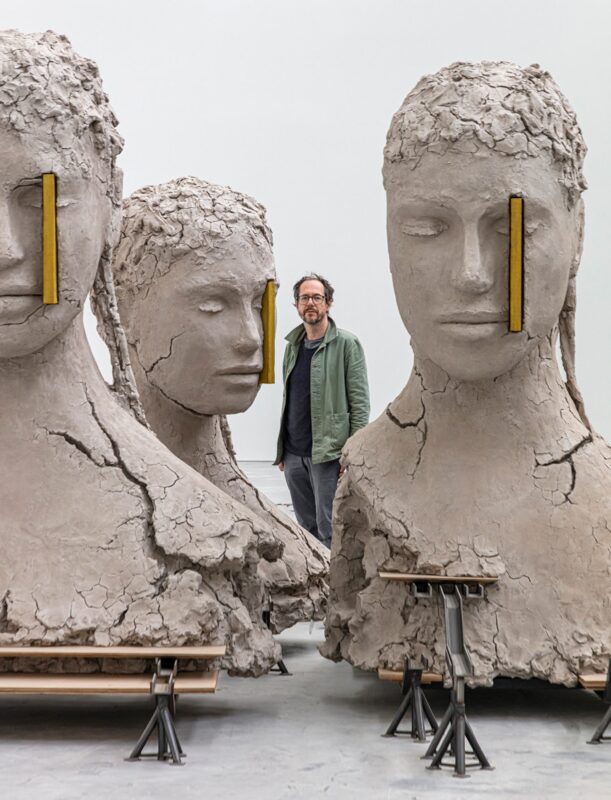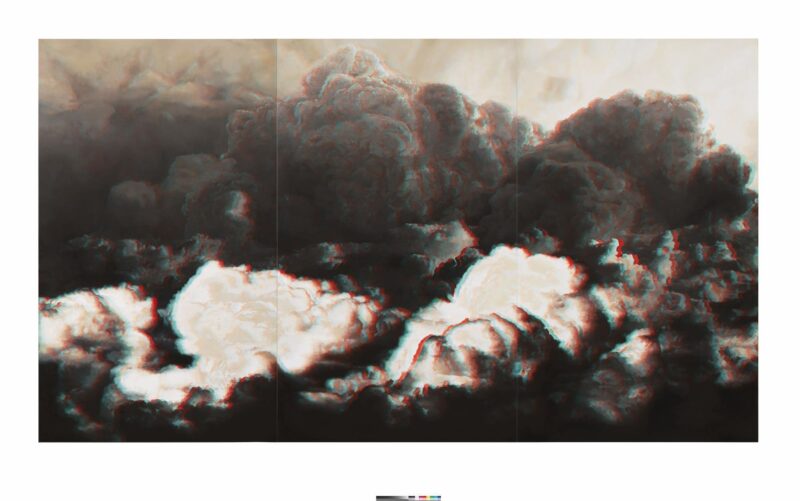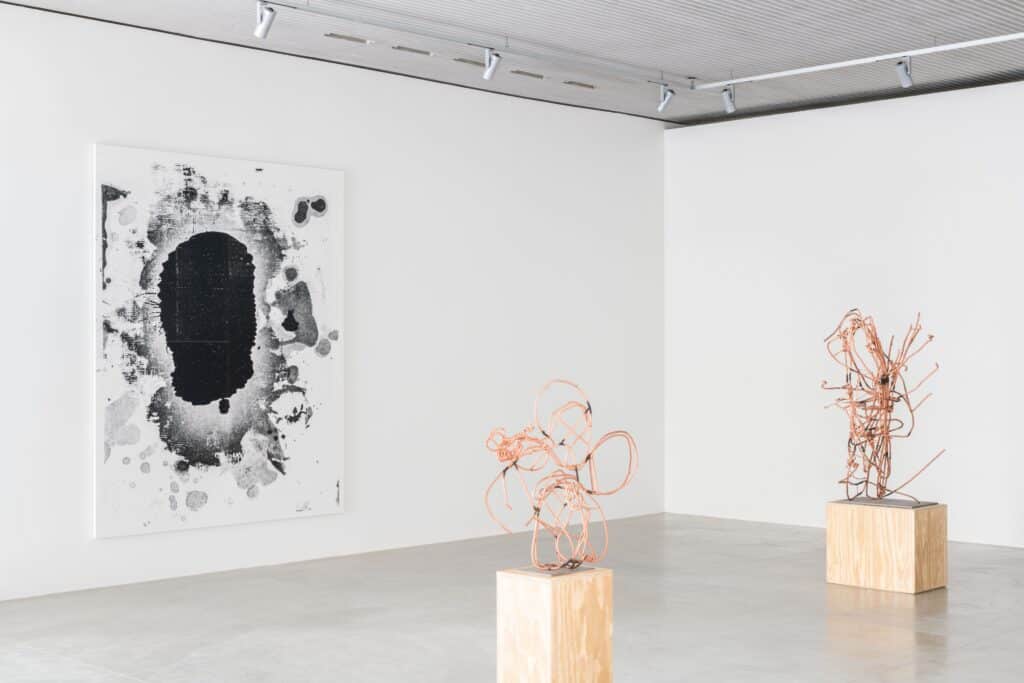
A new large-scale exhibition by American artist Christopher Wool spanning four floors of the expanded Xavier Hufkens flagship space in Rue St Georges Brussells is a comprehensive presentation of the recent evolution of Wool’s oeuvre.
Curated by Anne Pontégnie, who has worked extensively with the artist for over two decades, the exhibition brings together several distinct bodies of work: a group of paintings (the first to come out of his studio in five years), new works on paper, a series of bronze and wire sculptures and four groups of photographs. Focusing on recent developments in Wool’s practice and the processes of reproduction employed by the artist across media, this is the first exhibition in Europe to showcase the full range of his work.
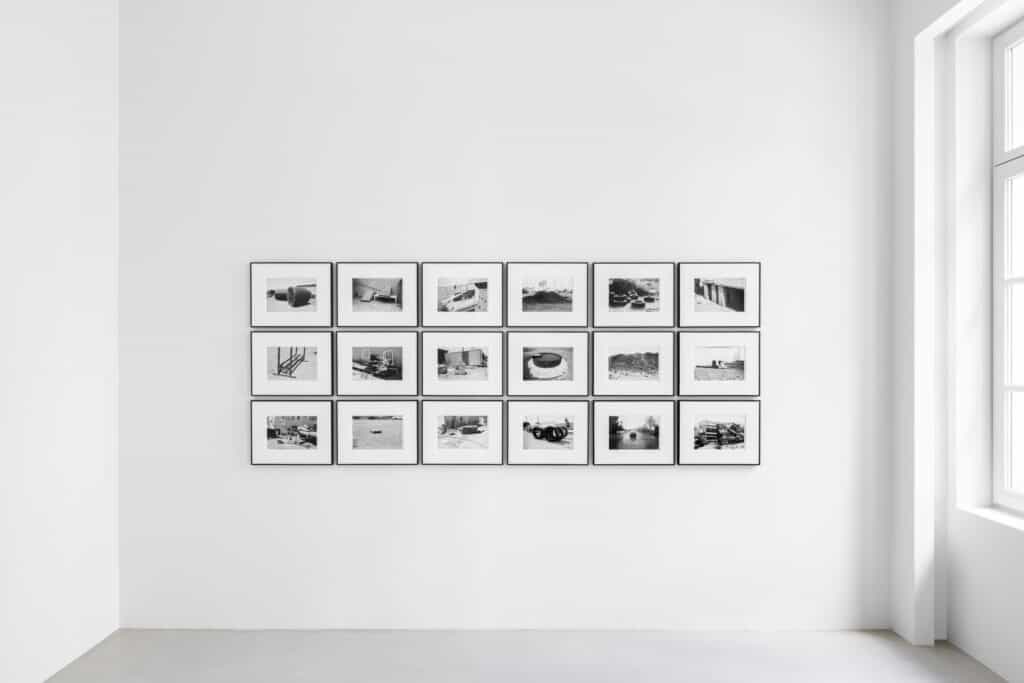
Over the last fifteen years, Wool has spent an increasing amount of time in the desert landscape of West Texas. The aridity, emptiness and loneliness of that environment has permeated his work, just as the streets of New York’s Lower East Side did in the 1990s. Despite the literal and figurative distance between these locations, Wool’s repetitive images, as seen in Road (2018), are not so much a departure from his earlier photographic work but more an extension of his highly specific gaze. Typically using a low camera angle, his images communicate the desolate, poor and neglected aspects of his immediate surroundings. Yard (2018) is noteworthy for the use of double exposures: a technique whereby two different shots are layered into a single image.
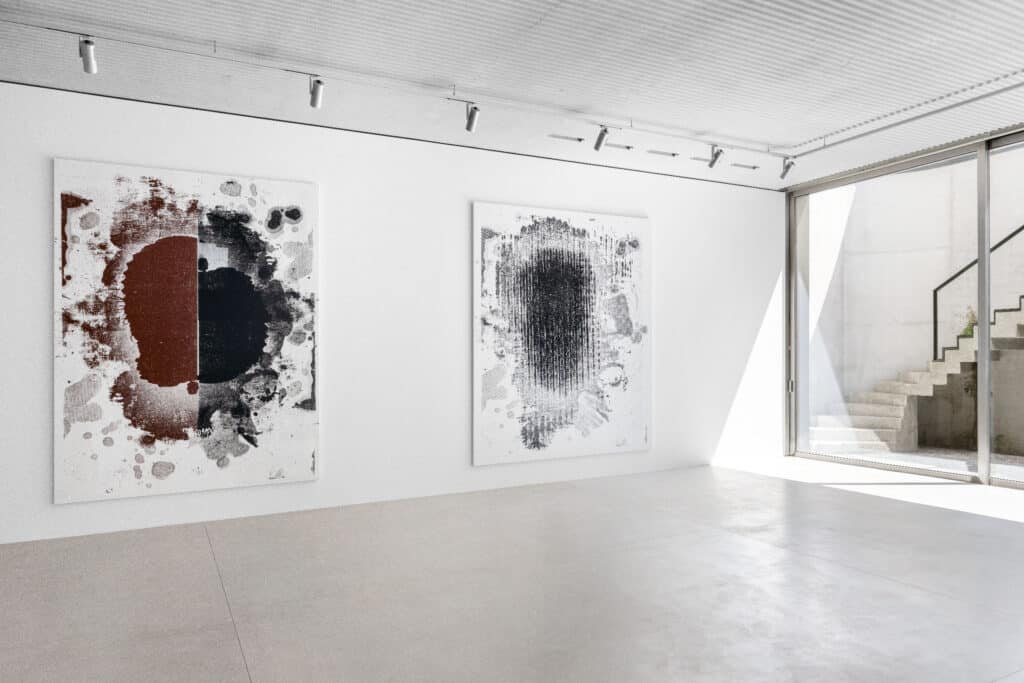
The four paintings in the exhibition all have the same silkscreened background: a magnified photographic detail from one of Wool’s earlier monotypes. To create paintings on this scale, four silkscreen panels are joined into a grid (an observant viewer will notice the quadrants). Superimposed onto this background, denser areas of paint block access to the primary layer, creating a tension that characterizes Wool’s abstraction. The images have been digitally manipulated (enlarged, overpainted, the colouration altered, for example).
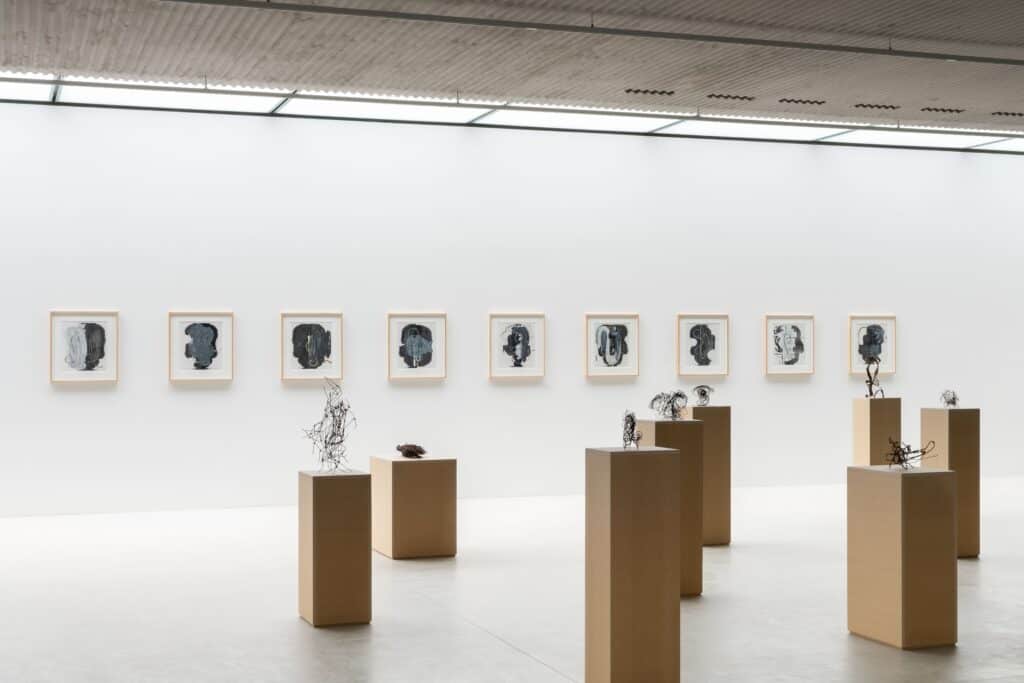
The sequence of these actions, and the precise order in which the works are constructed, is hard, if not impossible, to unravel. This, however, can never be fully controlled by the artist; inks can unexpectedly change colour, images might print too faintly, or be misregistered, for example. Wool embraces these
‘mishaps’ as a creative tool, one that reveals chance and control to be two sides of the same coin. In this series, and many others, the artist subverts mechanical reproduction techniques–conventionally used to make multiple identical copies of an image–to create unique and unrepeatable works. And while Wool’s abstract paintings have a gestural and haptic quality, they can also be read as firm rebuttals of pictorial self-expressiveness. Addition and subtraction, image manipulation, layering, erasure and concealment, not to mention the recapitulation of existing works, are the defining elements of Wool’s pictorial
language. His recent investment in large works on paper painted over pages of books, which depict former works, extend this creative practice. New works are made by defacing others.
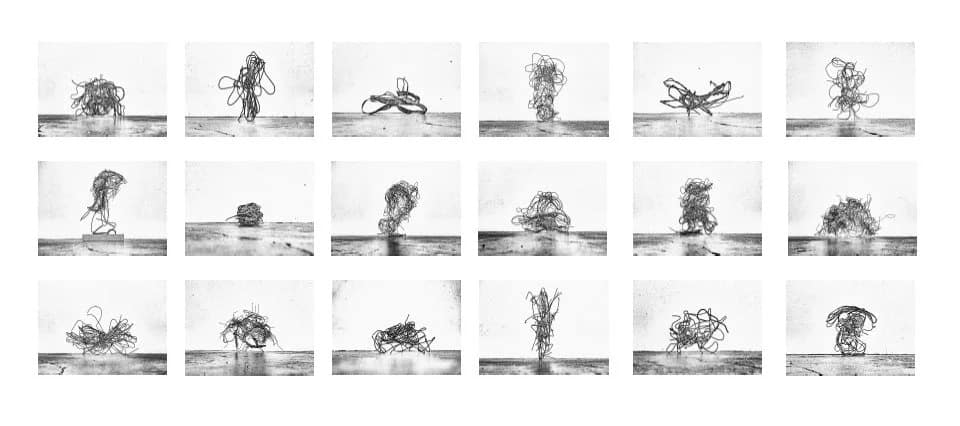
The photographs entitled Bad Rabbit (2022) are shot in a similarly detached style to Yard (2018), Road (2018) and Westtexaspsychosculpture (2018) but with one key difference: the subject is the artist’s own work. We see a series of barbed wire sculptures in an indeterminate landscape. They could be diminutive or monumental; it isn’t clear. Wool’s foray into three-dimensional work is also related to the desert landscape and, more specifically still, the discarded lengths of wire that litter the terrain. After collecting a piece one day, he twisted it into a looping sculptural form. This became the catalyst for an ongoing series of bronze sculptures that echo the fluid linearity of the recent paintings and prints. Wool’s monumental 3-metre-high bronze–one of the highlights of the exhibition–also began life as a wire sculpture. As in
his paintings and graphics, an original image is digitally manipulated and enlarged, with the casting process being analogous to the role of the silkscreen in his two-dimensional work.
